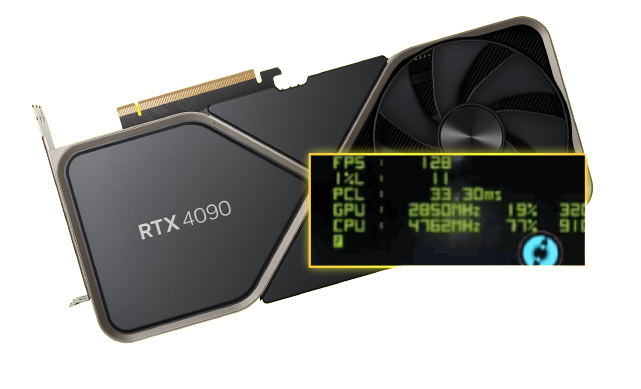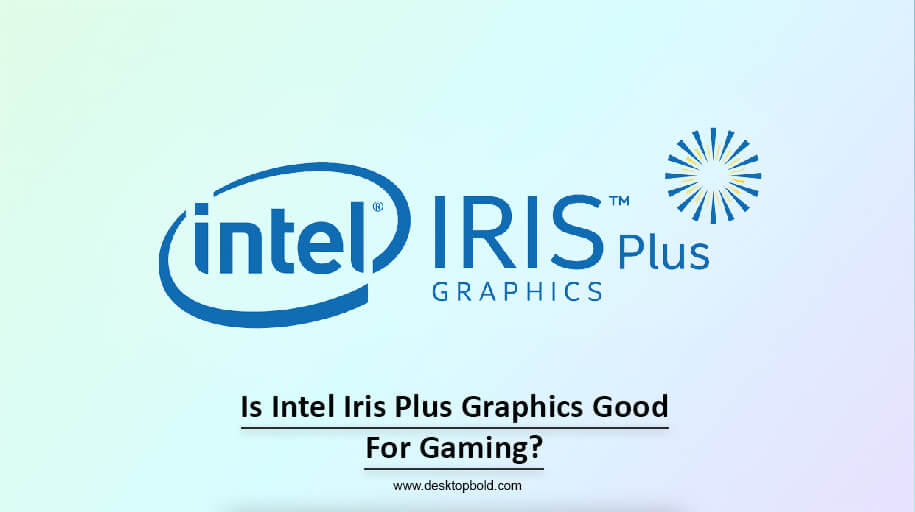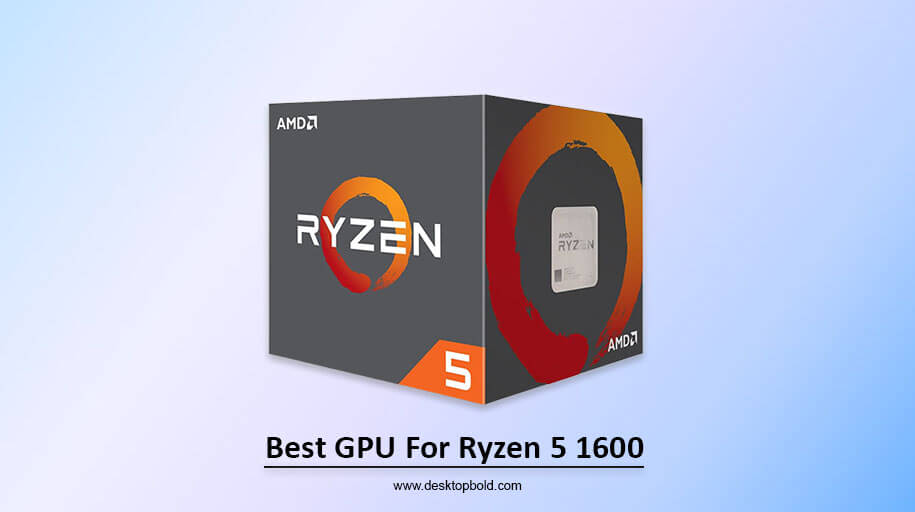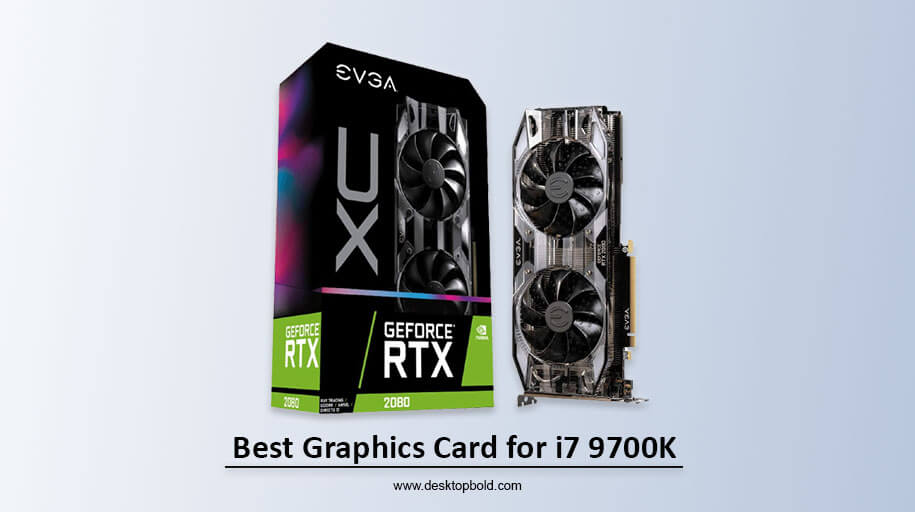When considering upgrading your GPU or buying a new one, you must consider some factors. The first is GPU clock speed, and the second is memory clock speed. GPU clock speed is essential. In this article, I will assist you with a good clock speed for GPU. It will guide you to increase your GPU clock speed as well.
GPU has its specific speed at which it runs its functions, called clock speed. This speed is measured in MHz; its average clock speed is usually 4 to 5 MHz. The clock speed of your graphics processing unit (GPU) is essential since it has a linear relationship to the number of frames per second your system can produce in games.
What Is a Good GPU Clock Speed for Gaming?

The clock speed of the graphics processing unit (GPU) is one of the primary measures used to determine how smoothly your video game will operate. Core count is the other statistic, although we won’t dive into it here. Increasing your GPU’s clock speed by only 200 MHz might have a noticeable impact on your frame rate.
This is due to the linear relationship between GPU clock speed and in-game frame rate. Everything rendered by the graphics processing unit (GPU), including geometric, terrain, and texture data, will be handled more quickly.
For example, consider the RTX 3060, which has the following clock speeds: Base Clock 1320 MHz and Boost Clock 1777 MHz. When the GPU boosts to 1777 MHz, frame rates should increase dramatically.
GPU Overclocking
Since GPU overclocking can be performed dynamically without requiring a system restart, it is always relatively straightforward. That’s why it is essential to find a good clock speed for GPU so that gaming enthusiasts can quickly boost their clock speed.
Free software like MSI Afterburner is available for download. Because it’s a simple and cost-free technique to get more power out of your graphics processing unit (GPU), overclocking is commonplace with these devices.
The graphics processing unit (GPU) has safeguards to avoid hardware failure. Therefore, overclocking it is generally safe. It is recommended that you gradually increase your GPU’s clock speed to prevent any interruptions in performance.
Does Overclocking Improve GPU Clock Speed and Memory?
To “overclock” your graphics processing unit, you must increase its working voltage over its factory settings. The higher the voltage, the higher the frequency, and the more operations may be performed in a single cycle. Using available headroom to increase power efficiency is what overclocking is all about. Not having a good cooling system in place might cause your GPU to throttle, but it can still let it run closer to its total capacity.
Performance typically improves between 60 and 70% of maximum capacity. It all relies on your particular method of keeping things cold. Therefore, your results may vary. Even with a reasonable overclock, the temperature of your graphics card should be manageable with only an additional fan or two inside your computer case, and we’ve discussed many methods to do that.
How to Overclock GPU?

After updating your GPU drivers, go into your video card’s overclocking settings by clicking “More Options” in NVIDIA’s control panel or right-clicking in Radeon Settings and going to the Global Settings > Power & Temp Control > Overclocking tab.
- Pick a setting that allows overclocking (the default is usually a ten per cent increase in speed). Then, increase the clock speeds and voltages as needed.
- Try out a few games while keeping an eye on the system temperature and any graphical glitches or crashes you may have; if you encounter any of these, try turning down the settings.
- Reduce the frequency by 50 MHz till the temperature is more comfortable to play at.
- Overclocking may be accomplished using third-party software like MSI Afterburner if it is not included in your NVIDIA or RADEON drivers.
Does boost clock speed matter?
Increasing your graphics card’s clock speed within optimal conditions is absolutely important. This is where boost clock speed comes in when your GPU is cool, and you’re gaming; there’s likely extra clock speed headroom, which automatically takes care of overclocking your graphics card. However, the GPU’s boost clock speed can only be maintained until it becomes too hot and slows down. The goal is to keep the room at a comfortable temperature for your gaming session.
When playing games, having access to a 400MHz differential between the base and boost clock speeds of specific graphics cards might result in a noticeable increase in frames per second. Aftermarket graphics cards will often have more excellent boost clock rates than their standard counterparts, thanks to the more vital cooling they utilize.
While the improvements won’t be huge, a good graphics card might improve performance in several ways, including lower temperatures, faster clock speeds, and better frame rates. Must
Integrated GPU Clock Speed

Even if dedicated GPUs are superior in performance, integrated graphics remain subpar. Dedicated GPUs are more energy efficient, allowing for more cores and faster clock rates. It’s important to remember that folks who use integrated graphics cards will only be processing data that’s very taxing on the GPU. Therefore, for efficiency, integrated graphics cards will have slow clock rates.
Regarding regular, daily tasks, integrated graphics are more than enough. You may get away with some light gaming and video editing, but you’ll need a dedicated GPU for anything more intensive. Although RAM is much slower than VRAM, integrated graphics cards will share the CPU’s RAM. Therefore, the GPU memory clock will be equivalent to the CPU’s RAM clock speed.
Does Memory Clock Speed have the Same Importance as Clock Speed?
Now let’s talk about what is a good GPU memory clock speed. Your memory clock speed is as crucial to the GPU as the RAM clock speed is to the CPU. All the visual data that your GPU must process is in your VRAM. Since all textures and other visual data must pass via the VRAM, a higher refresh rate means a shorter waiting time for the GPU core. If you’re searching for even more performance, you can use MSI Afterburner to overclock your VRAM. You can play at higher resolutions with faster VRAM.
Conclusion
It is concluded that the clock speed of the graphics card is one of the most crucial metrics for a graphics card and that it has a linear effect on the frames per second created in the game. The GPU clock speed is controlled; you may overclock or do anything you choose using programs like MSI Afterburner.
The speed of the computer’s memory clock is also crucial since it affects the flow with which games operate. In comparison, a sluggish memory clock means more stutters and crashes. Also, the RAM clock is overclockable, which is especially helpful for higher-resolution games, which require transmitting more detailed and expansive visual data. As a result, I have explained in detail what a good clock speed for a GPU is and how to improve it to experience smooth gaming. I hope it will help you for sure!




